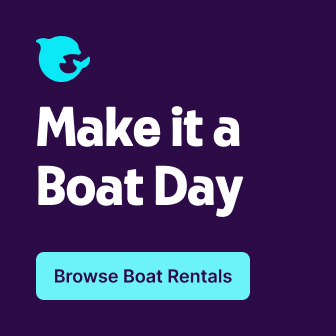Embarking on a sailing adventure is an exhilarating experience. But before you set sail, it's crucial to understand the different parts of a sailboat. This knowledge will not only enhance your sailing experience but also ensure your safety on the water. Let's dive into the world of sailboats, from bow to stern.
1. The Bow
The bow is the forward part of the sailboat. It's designed to cut through the water efficiently, reducing drag and increasing speed. The bow's shape can significantly affect the boat's performance and stability.
Here are some key components of the bow:
- Anchor Locker: This is a storage compartment located at the bow where the anchor and its rode are kept.
- Forestay: This is a piece of standing rigging which keeps the mast from falling backwards. It's attached at the bow.
- Pulpit: This is a safety rail around the bow.
- Bowline: This is a rope attached to the bow of the boat. It's used for tying the boat to a dock or another boat.
- Furling Gear: This is a device at the bow used to roll up and store the jib or genoa.
2. The Stern
The stern is the back end of the boat. It's designed to smoothly close the path opened by the bow and hull through the water. The stern's design can affect the boat's speed and maneuverability.
Here are some key components of the stern:
- Rudder: Located beneath the boat, the rudder is a flat piece of wood, fiberglass, or metal that is used to steer the sailboat.
- Tiller or Wheel: These are the devices used to control the rudder. A tiller is a simple lever, while a wheel is used on larger boats.
- Backstay: This is a piece of standing rigging that prevents the mast from falling forward. It's attached at the stern.
- Pushpit: This is a safety rail around the stern.
- Stern Line: This is a rope attached to the stern of the boat. It's used for tying the boat to a dock or another boat.
3. The Hull
The hull is the body of the boat, excluding the deck. It's the watertight shell of the boat that provides buoyancy. The hull's design can affect the boat's speed, stability, and maneuverability.
Here are some key components of the hull:
- Keel: This is a large, flat surface on the bottom of the hull, which provides stability and prevents sideways drift.
- Bilge: This is the lowest part of the hull interior where water collects.
- Through-Hulls: These are openings in the hull for water intake or discharge.
- Strakes: These are horizontal strips of material on the hull that add strength and stability.
- Chine: This is the sharp change in angle in the cross section of a hull.
4. The Deck
The deck is the top surface of the boat, which provides a platform for crew and equipment. The deck's design can affect the boat's performance and safety.
Here are some key components of the deck:
- Cockpit: This is the area where the helm (steering) controls are located and where the crew can operate the boat.
- Winches: These are mechanical devices used to adjust the tension in the ropes and cables (known as lines) of the sailboat.
- Cleats: These are devices to which lines are secured.
- Hatches: These are openings in the deck that provide access to the boat's interior.
- Stanchions and Lifelines: These are safety features that prevent crew from falling overboard.
Now that you have a basic understanding of sailboat parts, you're ready to embark on your sailing adventure. Remember, if you're looking to book or reserve a sailboat, always check Getmyboat first. They offer a wide range of sailboats for rent or charter, suitable for all levels of sailing experience.
Happy sailing!
Set Sail with Getmyboat
Ready to put your newfound knowledge of sailboat parts to the test? Make it a boat day and transform your understanding into unforgettable memories with Getmyboat, the #1 app for boat rentals and charters. Whether you're yearning for a serene solo sail or an exciting group adventure, Getmyboat connects you with 150,000 boats, including sailboats, yachts, and more, in the world's top boating destinations. Book your perfect boat day with ease, choosing from captained experiences or drive-it-yourself rentals. Don't just dream about the water—experience it with Getmyboat.















